When it comes to home decor, few styles are as serene and enchanting as Japanese design. Rooted in simplicity, functionality, and nature, Japanese aesthetics can transform your living space into a haven of peace and tranquility. In this guide, we’ll explore various aspects of home decor in Japan, offering insights, tips, and inspiration for incorporating these elements into your own home.
Understanding Japanese Home Decor
Japanese home decor is characterized by its minimalism, natural materials, and harmonious balance with nature. The principle of wabi-sabi—finding beauty in imperfection and transience—plays a crucial role in Japanese culture and its aesthetic philosophy.
Key Elements of Japanese Design
- Minimalism: Less is more. Japanese interiors often forego clutter in favor of clean lines and open spaces.
- Natural Materials: Wood, stone, and textiles such as cotton and silk are frequently used to create a warm, inviting atmosphere.
- Connection with Nature: Incorporating plants, natural light, and outdoor views enhances the serene environment.
- Neutral Color Palette: Soft hues and earth tones dominate, promoting a peaceful ambiance.
Popular Japanese Home Decor Styles
1. Traditional Japanese Style
Traditional Japanese decor revolves around tatami mats, sliding doors (fusuma), and low furniture. This style embraces natural materials and emphasizes a strong connection with nature.
Key Features:
- Use of Tatami mats
- Simplicity in furniture design
- Incorporation of Shoji screens for privacy and light diffusion
2. Modern Japanese Style
Modern Japanese decor blends traditional elements with contemporary design. It focuses on functional furniture and innovative space-saving solutions.
Key Features:
- Open floor plans
- Multifunctional furniture
- Focal points created with contemporary art and accessories
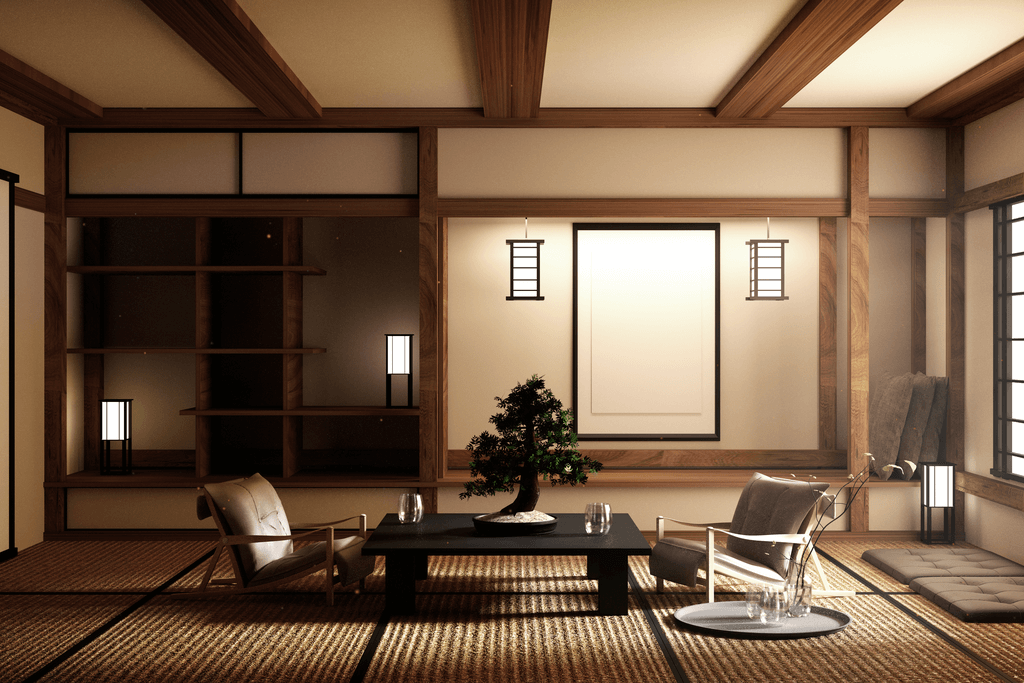
3. Zen Style
This style is rooted in Buddhist philosophy and emphasizes tranquility and mindfulness. Zen decor often features elements like simple gardens, stone lanterns, and minimalistic furnishings.
Incorporating Japanese Aesthetics into Your Home
1. Create a Zen Space
Transform a corner of your home into a Zen space with minimal furniture, soothing colors, and natural elements. Consider adding:
- A small indoor fountain for calming sounds
- Plants such as bonsai or bamboo
- Comfortable cushions for seating
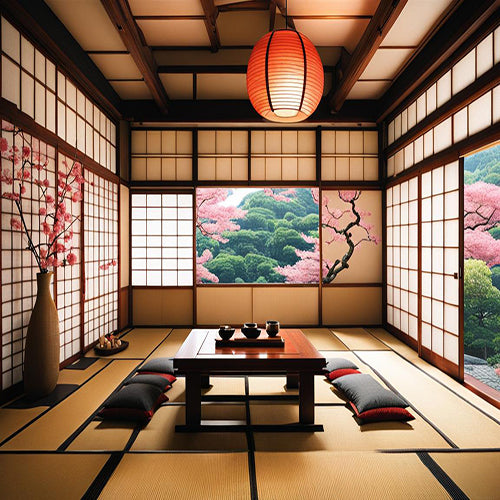
2. Use Natural Materials
Incorporate natural materials like wood, stone, and natural fibers. A wooden dining table, stone dishware, or cotton curtains can add an authentic touch to your decor.
3. Embrace Minimalism
Declutter your space and opt for furniture that serves multiple purposes. For example, consider using a traditional Japanese futon that can be stored away, freeing up space.
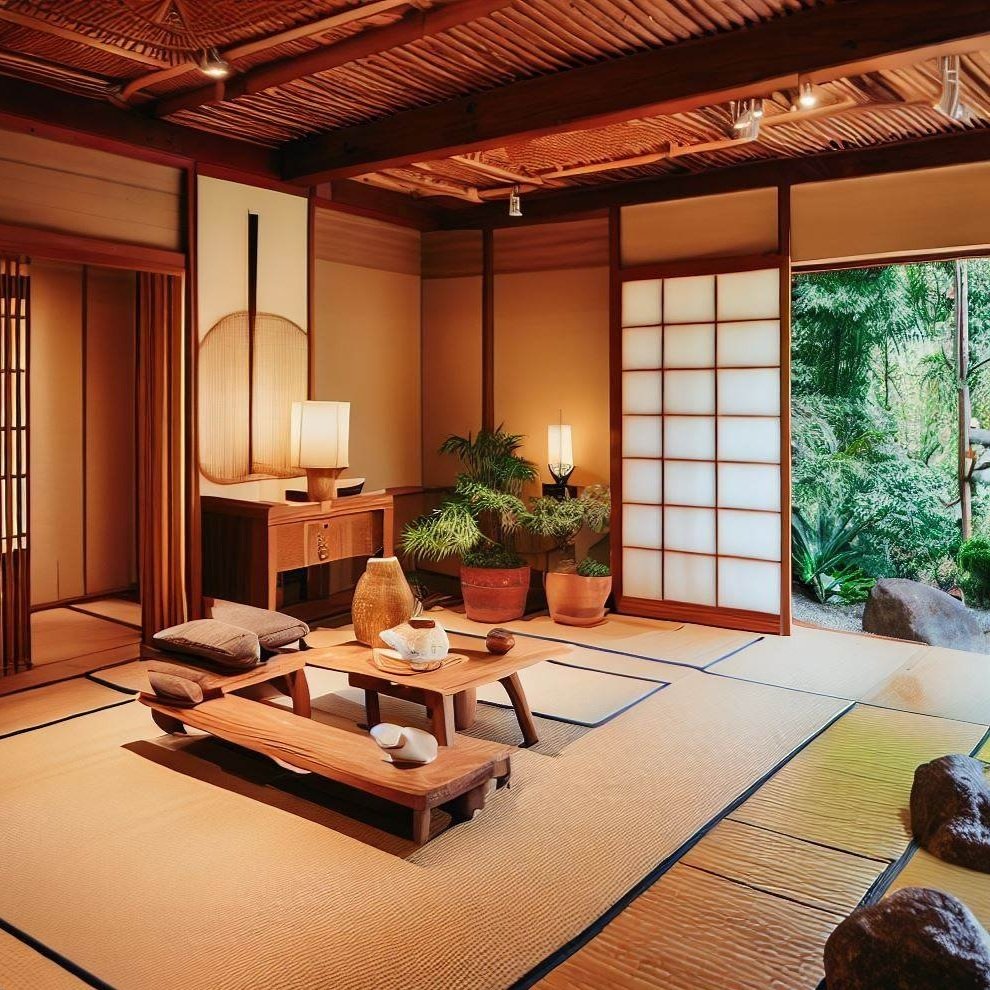
Comparison of Japanese Home Decor Styles
| Style | Key Features | Ideal For |
|---|---|---|
| Traditional | Tatami mats, low furniture, sliding doors | Those seeking authenticity and cultural connection |
| Modern | Open floor plans, multifunctional furniture, contemporary art | Individuals who appreciate a blend of old and new |
| Zen | Natural elements, minimal furnishings, tranquility | People looking for peace and mindfulness |
Practical Tips for Japanese Home Decor
1. Invest in Quality Over Quantity
Choose fewer pieces of furniture but ensure they are of high quality. Authentic Japanese pieces, crafted from wood or handmade ceramic, can add character to your space.
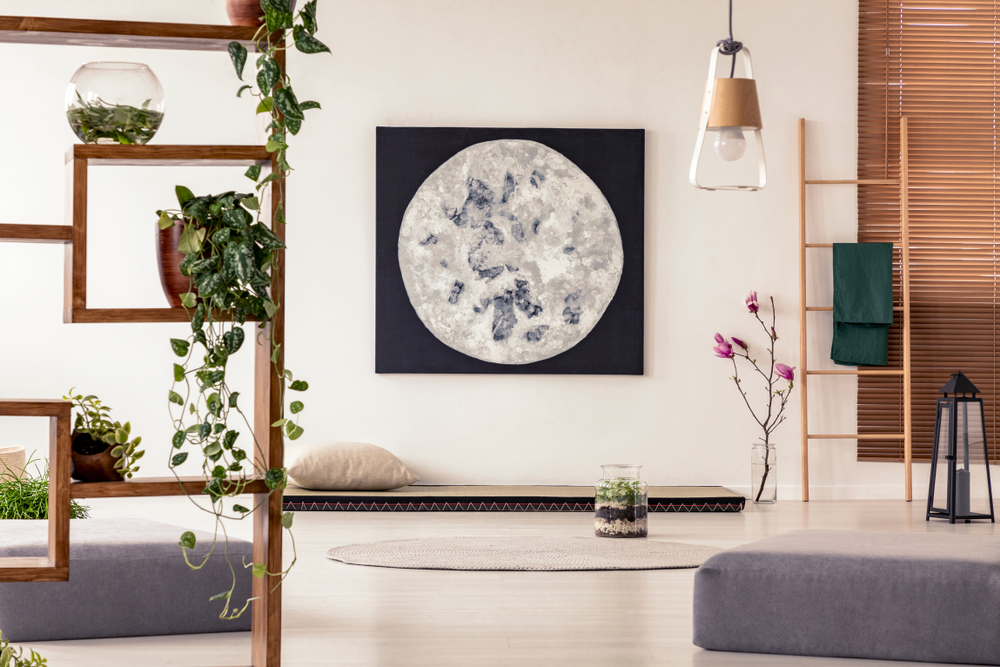
2. Create Balance and Harmony
Balance is essential in Japanese design. Arrange furniture and decor in a way that promotes harmony, considering both aesthetic appeal and functionality.
3. Incorporate Art and Culture
Enhance your space with Japanese art. Hang traditional paintings or display ceramics that reflect the rich cultural heritage of Japan.

Pros and Cons of Japanese Home Decor
Pros
- Creates a serene and peaceful environment
- Emphasizes sustainability through natural materials
- Focuses on functionality and simplicity
Cons
- May require a cultural understanding of aesthetics
- Some traditional elements may not fit modern lifestyles
- Quality Japanese pieces can be expensive
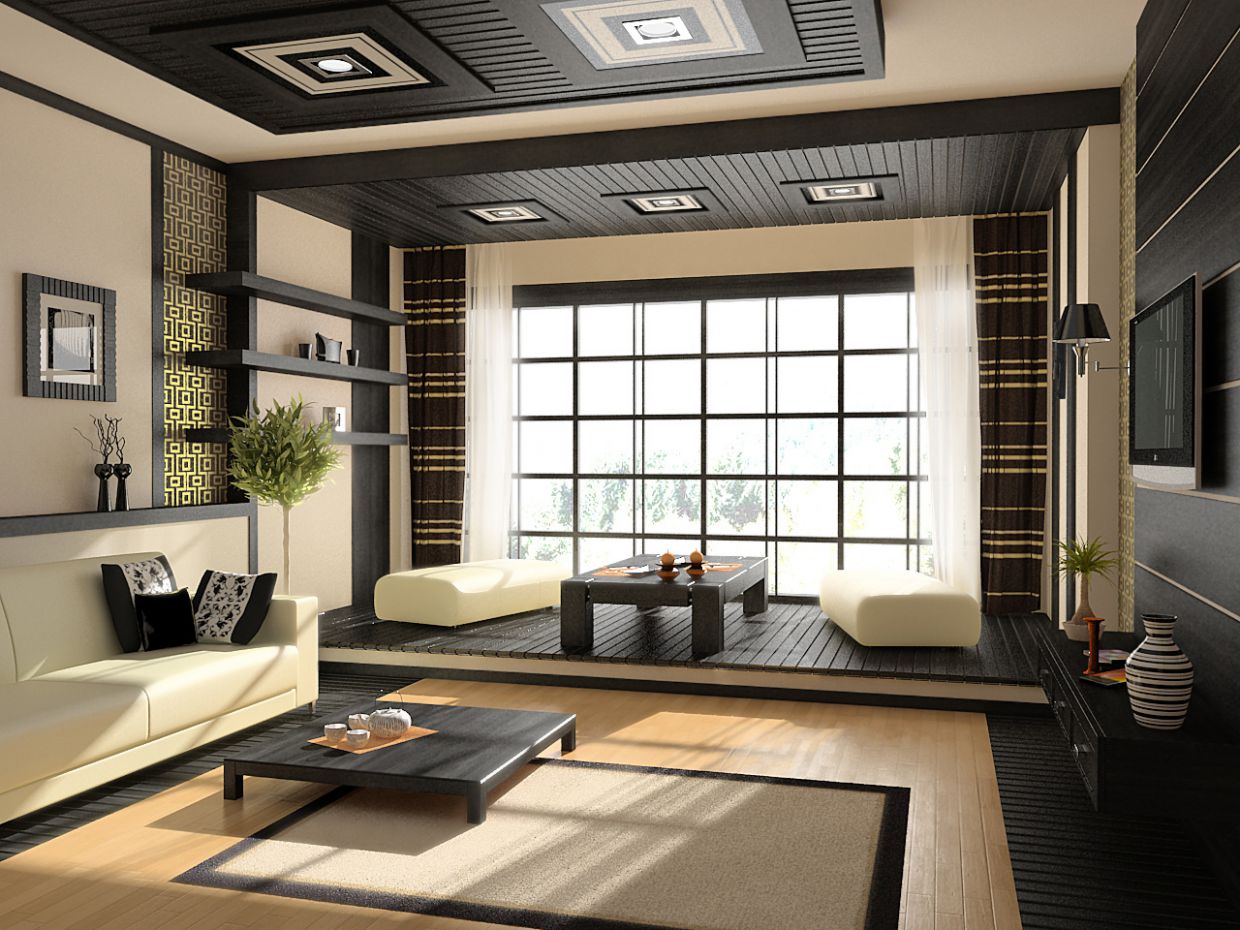
DIY Japanese Decor Projects
1. Create Your Own Shoji Screen
Shoji screens can be made using lightweight wood frames and rice paper. They act as beautiful room dividers that allow light to filter through while maintaining privacy.
2. Make Your Own Tatami Mats
While authentic tatami mats can be costly, you can create a similar aesthetic using floor cushions and woven rugs to mimic the feel of tatami.
Frequently Asked Questions
What are traditional Japanese colors for home decor?
Traditional Japanese colors often include soft earth tones like beige, browns, greens, and subdued blues, which create a calming atmosphere.
How can I add Japanese decor to a modern home?
Consider blending modern furniture with Japanese pieces, such as incorporating a low-profile coffee table or using shoji screens to add a cultural touch to your space.
Are there specific plants that are popular in Japanese decor?
Yes! Popular plants include bonsai trees, bamboo, and peace lilies, which add a natural element and promote a serene environment.
How do I achieve a minimalist Japanese look?
To achieve a minimalist Japanese look, focus on decluttering, choosing multifunctional furniture, and utilizing a neutral color palette.
Conclusion
Embracing Japanese home decor can transform your living space into a serene retreat that reflects your personal style and a connection to nature. Whether you choose to adopt traditional elements or modern interpretations, the elegance and simplicity of Japanese design can enhance the comfort and aesthetics of your home.
With this guide, you have the tools and ideas needed to start your journey toward creating a calming, beautiful environment that celebrates the rich heritage of Japanese decor. Happy decorating!